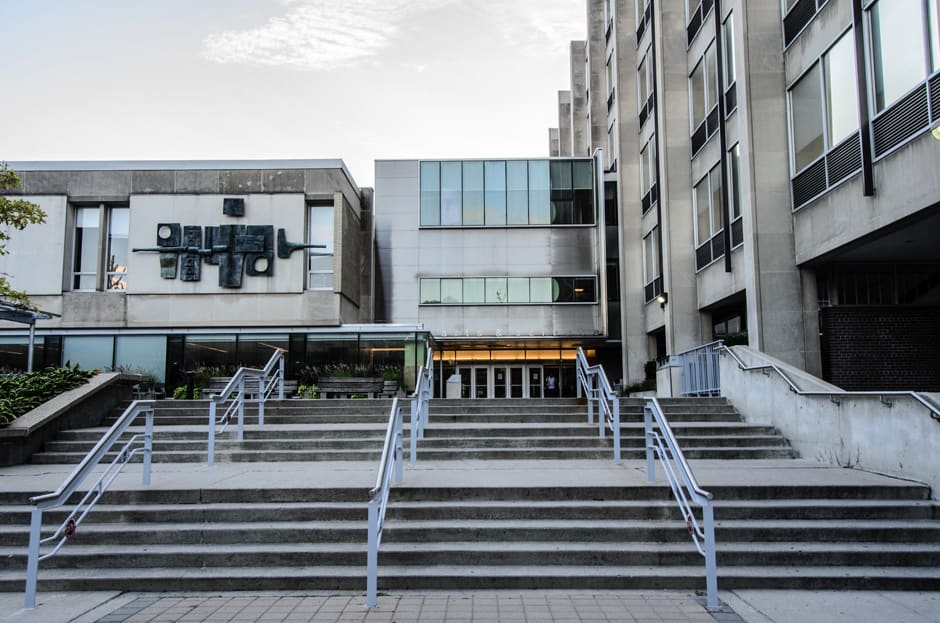University administration and the Association of Part-time Undergraduate Students (APUS) are working to implement the accessibility fixes highlighted during last November’s Great Barrier Hunt, a scavenger hunt designed to find accessibility issues on campus. The audit highlighted accessibility issues in four buildings: Sandford Fleming, Sussex Clubhouse, University College, and the North Borden building.
According to APUS president Kriya Siewrattan, APUS has been working with the university to implement changes suggested in last year’s audit.
One of the major issues highlighted in the audit was the lack of visible signage in or around the four buildings — a problem with an allegedly easy fix.
However, Siewrattan said that the university’s approach to accessibility relies on “a user-based identification of barriers,” which places the responsibility of reporting accessibility issues on the individual.
APUS called for a more proactive approach to create an environment that is both inviting and accessible to students, faculty members, and other users of university facilities.
In 2014, the “Design of Public Spaces Standards” were created under the “Accessibility Standards for the Built Environment.” Under the design standard, organizations are responsible for planning for accessibility and training staff to comply with the accessibility standards. However, the new criteria are only applicable to new buildings and major renovations to pre-existing buildings.
Althea Blackburn-Evans, U of T director of media relations, said that the Ontario Building Code was recently revised to include more accessible features. All of these new standards will be reflected in future building projects and renovations on campus. According to Blackburn-Evans, the number of accessibility problems can usually be attributed to the age of the buildings.
“If the edifice cannot be modified physically to be more accessible to users,” Blackburn-Evans said, “the university’s policy on accommodation will be met instead.” Siewrattan contended that making an accessible campus is more than just adding more signs or a ramp wherever it is needed.
In order to create an accessible campus, the university must consider “limited mobility, vision, gender, dietary accommodations, religious observations, and more,” Siewrattan said.
Although there is no set date for this year’s Great Barrier Hunt, according to Siewrattan, it will include the Athletic Centre and the new Goldring Centre for High Performance Sport.
Siewrattan added that, over the long-term, the university should prioritize funding to improve accessibility and make buildings compliant with the Accessibility for Ontarians with Disabilities Act, a 2005 act that laid a foundation for the development of mandatory standards on accessibility in Ontario.
Correction (September 17, 2014): An earlier version of this article stated that Students for Barrier-Free Access was working with university administration to implement some of the accessibility fixes found during the Great Barrier Hunt. In fact, SBA has never partnered with university administration on the Great Barrier Hunt.
Correction (September 18, 2014): An earlier version of this article stated that the next Great Barrier Hunt would include the Athletic Centre and the Goldring Centre. Although this has been stated by APUS, these locations have not been confirmed by SBA.


